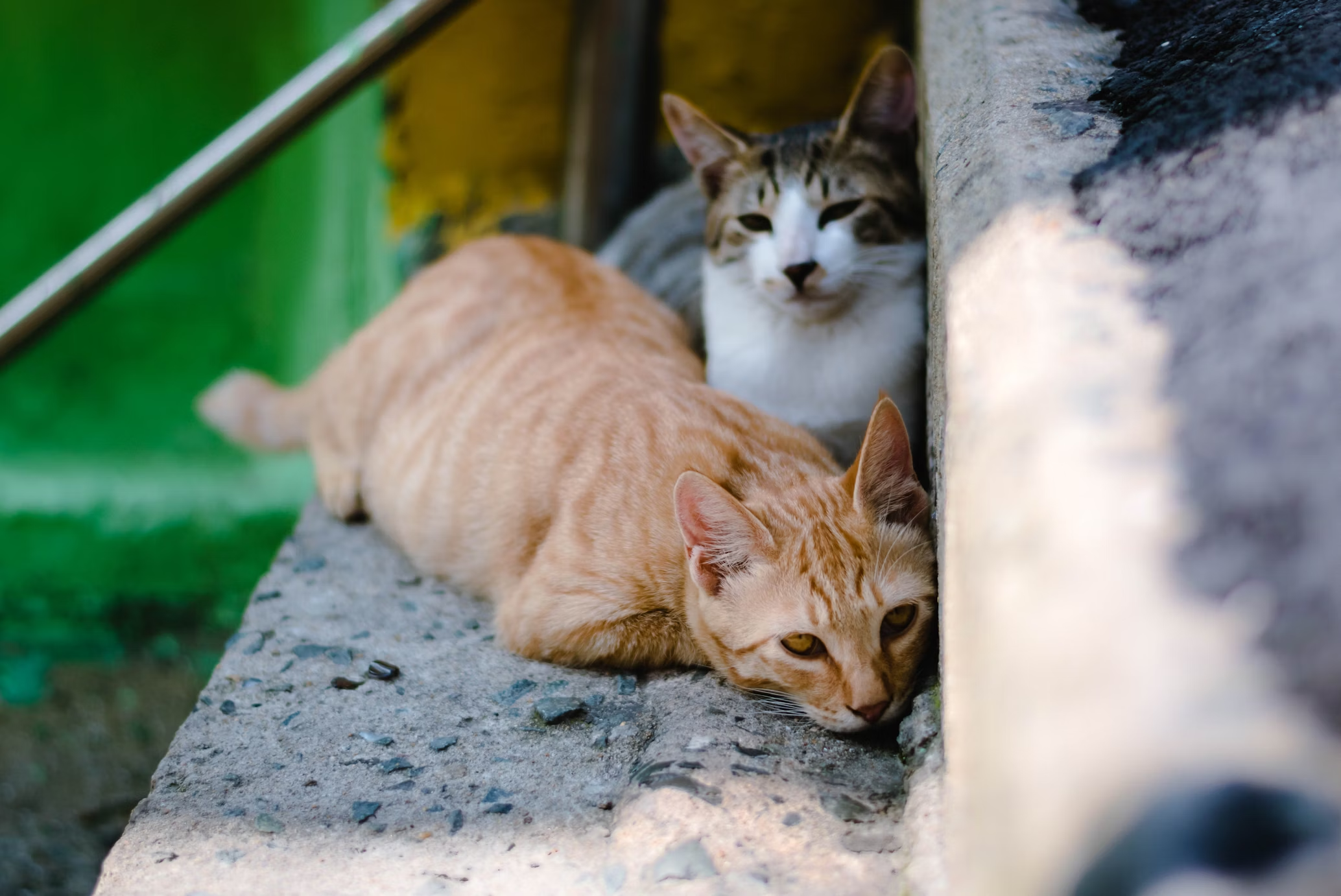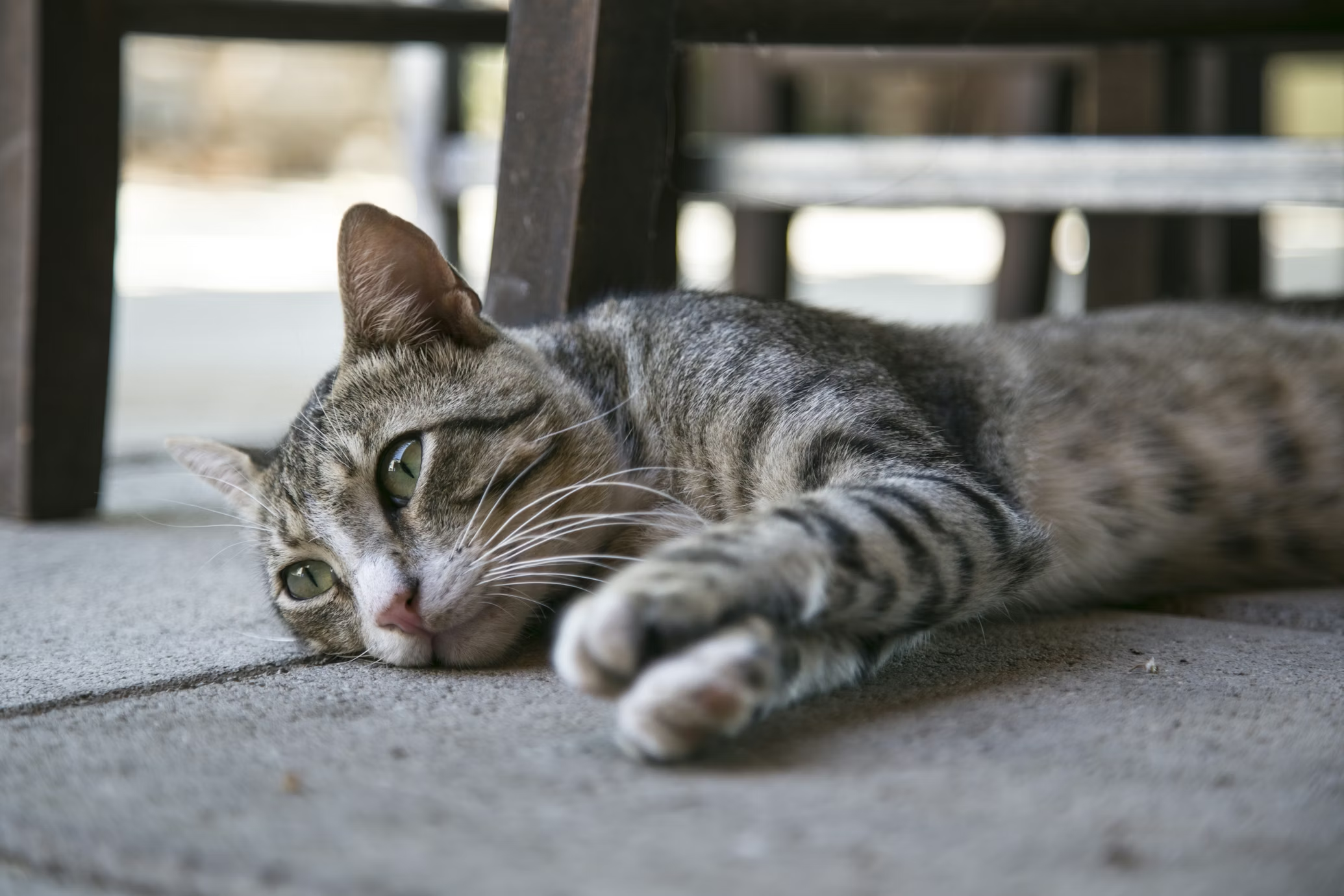
About Kitty Bon Bon
We have exciting news to share! Kitty Bon Bon, affectionately known as KBB, is now up for adoption! This delightful cat from our partner charity, Love Kuching Project, is eagerly looking for her FURever home 🏡. If you’re looking to adopt Kitty Bon Bon, who loves attention, enjoys lazing around, and has a whimsical side (she loves sniffing shoes), then she is THE ONE for you!
Here is more information About Kitty Bon Bon:
- Gender: Female
- Age: 7 years old
- Health: FIV+
- Personality: Loves laps and shoes

Why Should I adopt instead of buy?
Adopting a stray animal is a kind and compassionate act. It can also bring immense joy and love into your life. Thousands of stray animals roam Singapore’s streets. Various charities work tirelessly to ensure these animals have access to food, water, and medical care. With the right care and attention, these stray animals can become wonderful pets for those willing to adopt and provide them with a loving home. Visit the Straits Times article on why you should adopt a pet!
How to Adopt Kitty Bon Bon
If you’d like to bring Kitty Bon Bon home, fill up the form here!
Visit Love Kuching Project’s Instagram page or their Facebook page for more information!
Help Out More
If you want to do more to support these wonderful animals and the charities that care for them, consider donating or volunteering. Your support helps provide food, shelter, and medical care for pets like Kitty Bon Bon.
- Donate: Every contribution makes a difference. Visit Our Charity Wishlist to see how you can help out more.
- Volunteer: Your time is invaluable. Sign up with Love Kuching Project to help out more! Fill up their sign up Form here!
Thank you for helping us make a difference in the lives of these amazing animals!
































